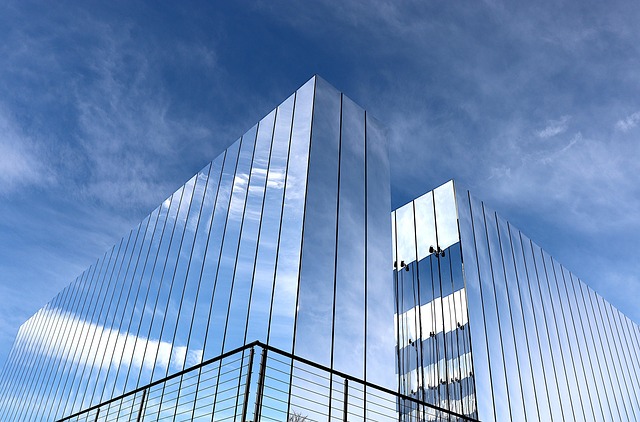Sculpture is a powerful form of artwork that transcends the boundaries of mere aesthetics to evoke deep emotions and provoke thoughtful reflection. It’s an artistic medium that captures the essence of culture, history, and human experience. From the classic marble forms of ancient Greece to the modern interpretations of abstract shapes, sculptures bring to life the stories and philosophies of their time.
Throughout history, fine arts have served as a mirror to society, expressing the values, struggles, and aspirations of different cultures. Sculptures, in particular, have the unique ability to transform a three-dimensional space, allowing viewers to engage with the artwork in a visceral and unforgettable way. Walking through a gallery or outdoor exhibition, one cannot help but feel a sense of connection to the creators and the cultural narratives they represent.
The power of sculpture lies in its tactile nature. Unlike paintings that are often viewed from a distance, sculptures invite an intimate relationship between the viewer and the artwork. As you walk around a piece, whether it’s a sleek, contemporary sculpture or an intricate classical statue, the nuances of the craftsmanship and the emotion behind the work unfold. This dynamic interaction breaks down barriers and fosters a deeper appreciation for the artistry and effort that went into creating these masterpieces.
From the elegance of Rodin’s The Thinker” to the bold experimentation of modern sculptors like Damien Hirst, each piece reflects the artist’s intent and the cultural context in which it was created. The influence of socio-political events, personal struggles, and groundbreaking movements can all be seen in the evolution of sculpture. In many ways, these artworks serve as a historical document, capturing the zeitgeist of their respective eras.
The role of sculpture is not just confined to galleries and museums; it is also an essential aspect of public art. Cities around the world proudly display sculptures in parks, squares, and civic spaces, allowing the public to interact with art in their everyday lives. These artworks can inspire, challenge, and even comfort community members, making art an integral part of cultural identity and cohesion. Engaging with public sculptures can transform a mundane walk through the city into an exploration of creative expression, inviting conversations and reflections on themes that are at the heart of our shared humanity.
As you delve deeper into the world of sculpture, pay attention to the choices made by artists regarding materials, shapes, and scale. Each dimension holds significance and carries the weight of intention. Whether it’s the smoothness of stone, the gloss of metal, or the unpredictability of clay, the texture and form contribute to the overall narrative of the artwork. This exploration not only enriches our understanding of the art itself but also connects us to the intellectual and emotional journeys of the artists behind these incredible creations.
In this vibrant landscape of creation and creativity, let us appreciate the myriad ways sculpture enhances our experience of fine arts and culture. From traditional craftsmanship honed over centuries to innovative approaches that challenge our perceptions, sculpture remains a vital dialogue between the past and present, inviting us to ponder the complexities of life and art.



